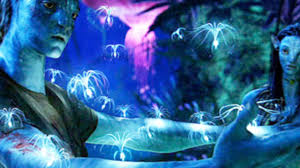Ever wondered how they managed to almost throw off Charlie Chaplin from a five-storey building in the 1930s? Or how the highly appreciated visual effects in the Star Trek movies was actually put on the screen in the 1960s?

Some tricks with visual distortion and light angles can go a long way. The art of film making has undoubtedly evolved throughout the years; however, the basics remain the same. This can be explored through a focus on the example of the first Star Trek movie (1966) which truly was a landmark in the history of filmmaking and remains a classic even today.
Most of the film had to show close up shots of huge space crafts and outer space. But how exactly did they do it? For starters, the background (outer space) was painted on a wall and the camera was zoomed in to give the effect of space sky. To make the space sky, they painted black stars on a white background about 2 ½ feet by 3 feet, arriving at a suitable design.
The advanced Oxberry printer was unique at the time. It was capable of making a 5-to-1 reduction through a 4-to-1 enlargement with continued automatic focusing. The 'space' sky was photographed and a still frame used on the optical printer. They tracked the space sky to the left, to the right, to the top and to the bottom, using a different black-out matte on each pass and superimposed these various moves at different speeds. This allowed them to create the illusion that the Enterprise was racing through space at an incredible speed.
Another example is the transportation scene. The person (or persons) to be "transported" was filmed in the transporter set. The camera froze, the person stepped out of the scene, and the camera filmed the empty set. From a dupe negative, a matte was made of the figure at the freeze point. The figure was then dissolved, leaving the empty set.